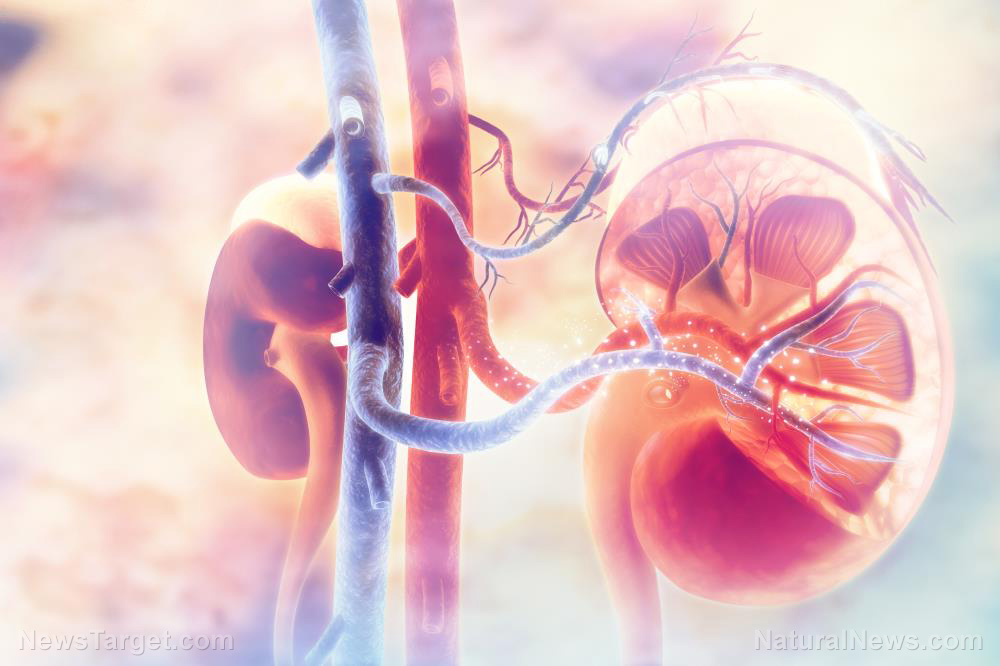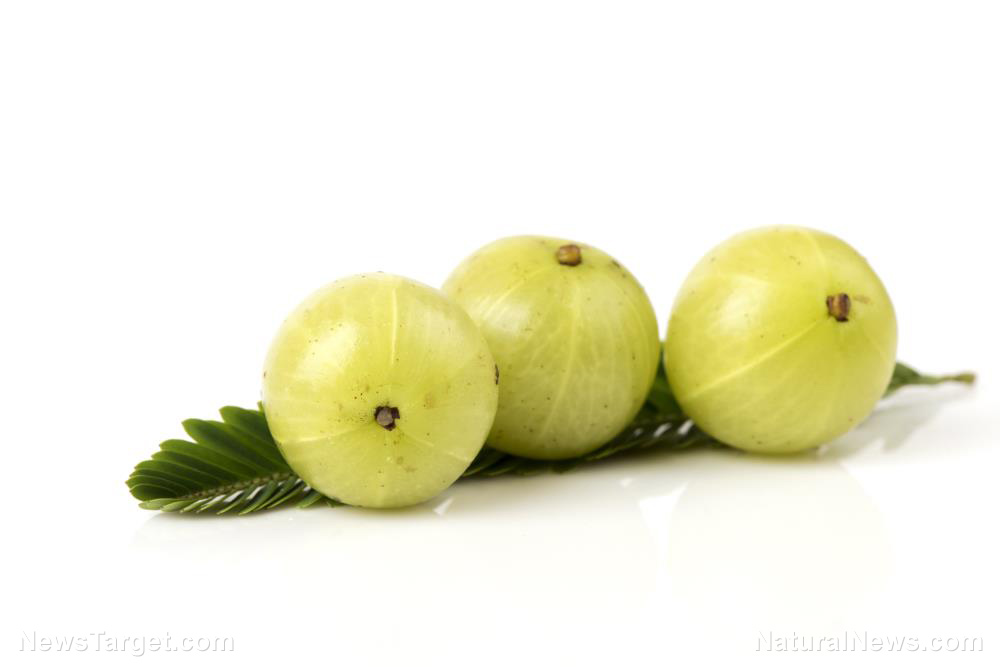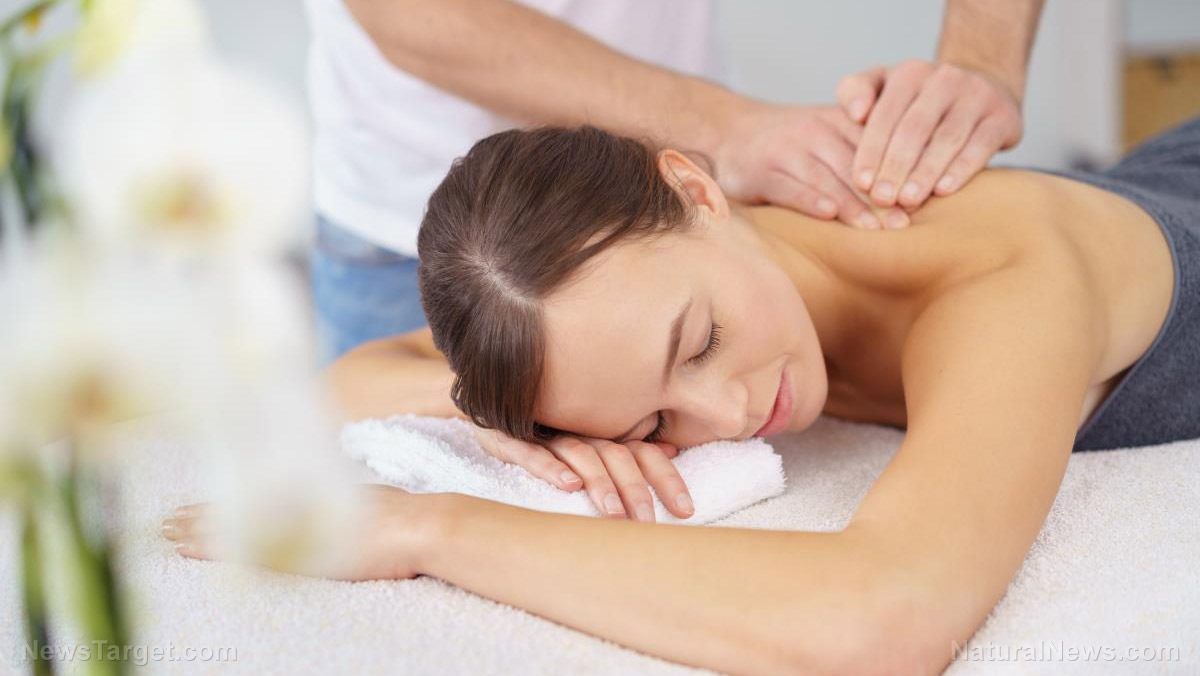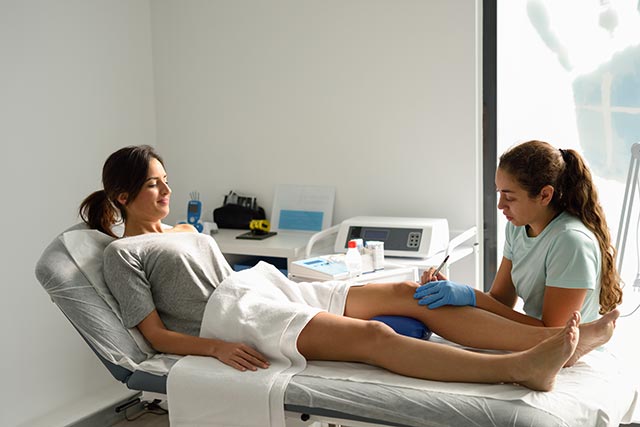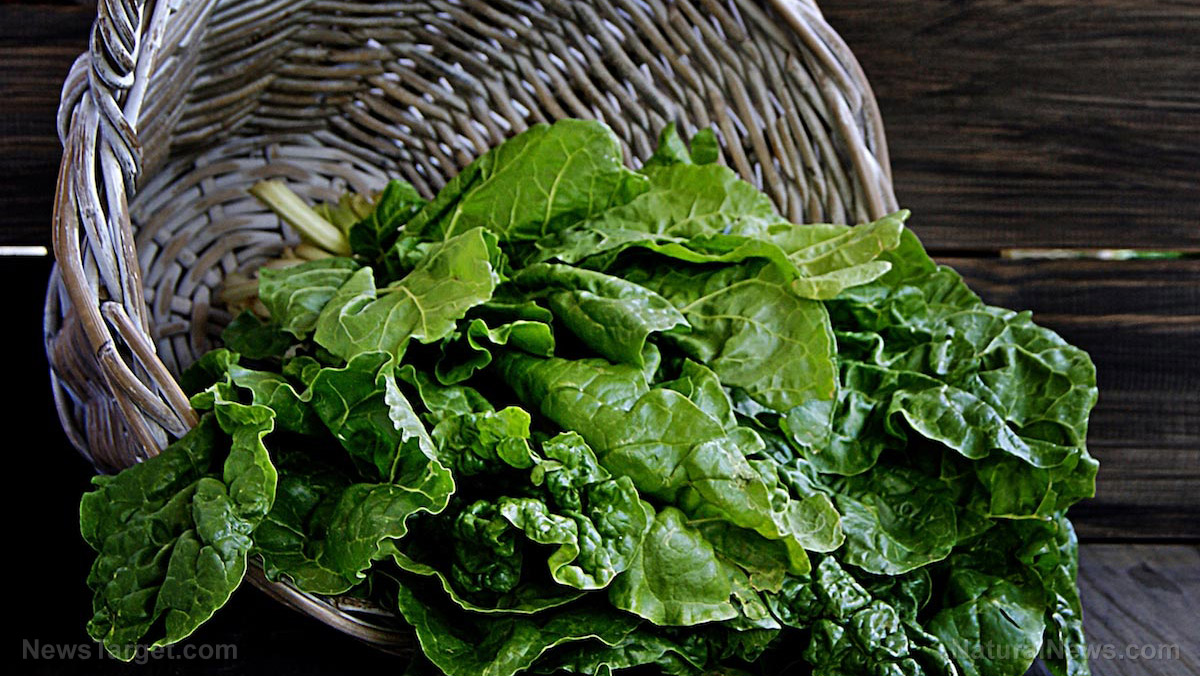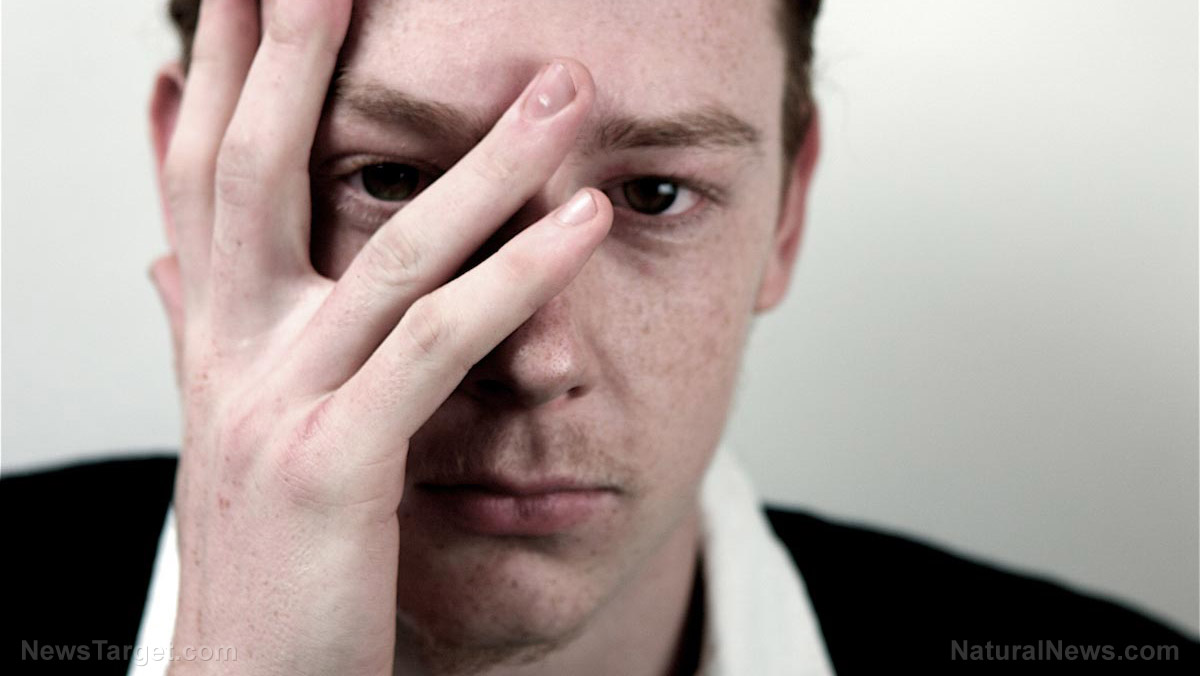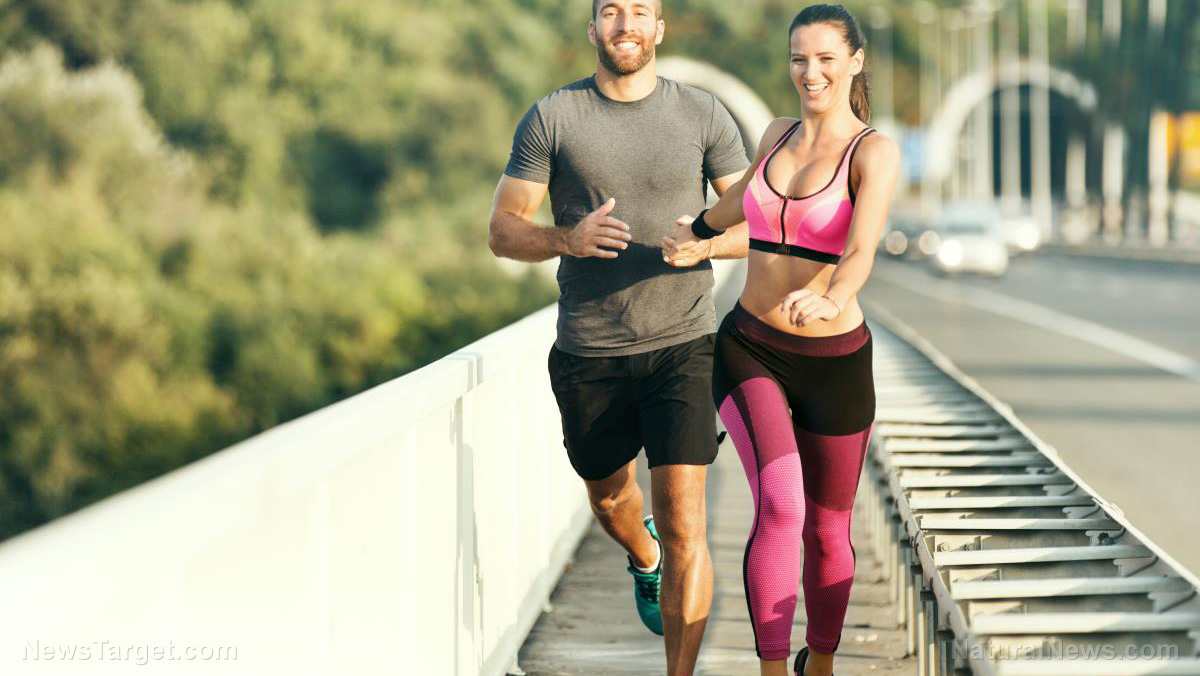Change and recuperation: How to heal ACL tear injuries with non-surgical options
04/18/2019 / By Michelle Simmons
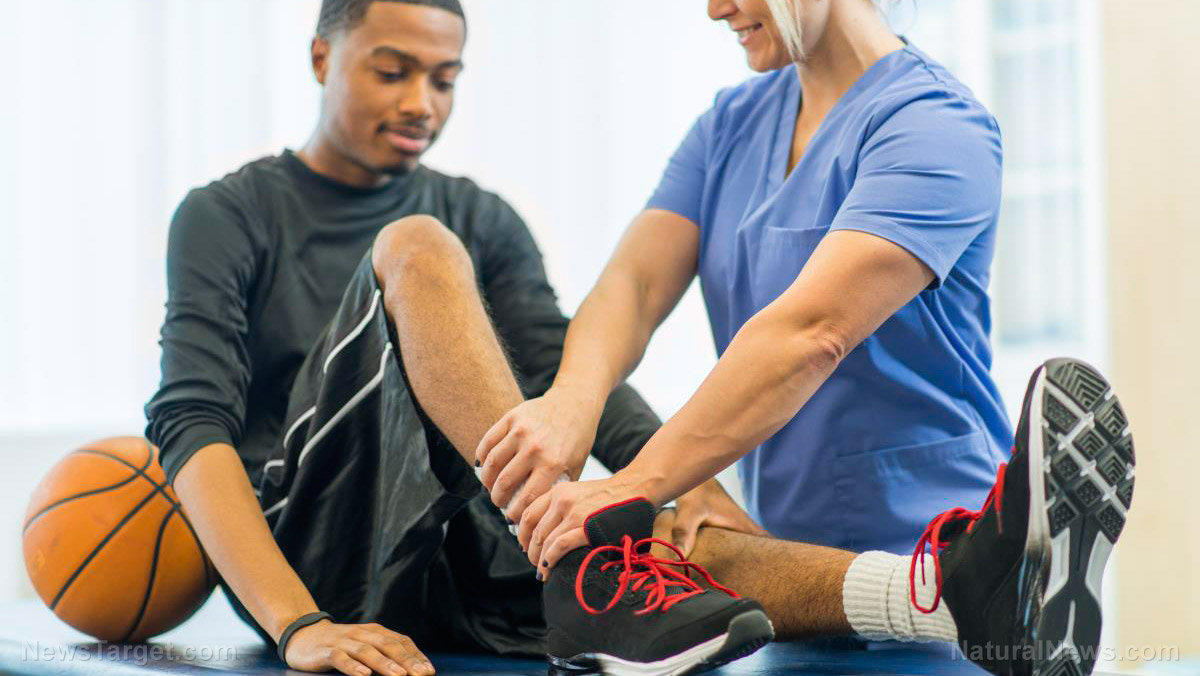
Anterior cruciate ligament (ACL) injuries are one of the most common knee injuries that occur to athletes, especially to soccer, football, and basketball players. When these injuries occur, knee stability is reduced. This can result in serious problems, especially for professional athletes or people who have high physical demands in their work or private life. Fortunately, some cases of ACL tears do not need surgical treatments; however, certain changes must be made. To allow injured ACL to heal, adhere to these lifestyle changes:
- Educate yourself: Being educated on your condition and rehabilitation is important. Ask your doctor questions regarding your injury and rehabilitation. You can also educate yourself by reading information online like recommended exercises that keep your knee stable after the injury.
- Go through physical therapy: People with an ACL tear injury should be prepared to go through intensive rehabilitation exercises including physical therapy that involves the strengthening of the quadriceps and hamstring muscles. When physical therapy regimen is properly carried out, knee joint stability will significantly improve.
- Use crutches: To allow your ACL to heal, you need to wear crutches for an extended period of time. This will help you prevent putting full weight bearing and great pressure on your knee joint. Use your hands to bear weight and learn how to keep balance while using crutches. Applying ice packs several times a day can also help a lot at the start of the recovery process.
- Wear a brace for the first few weeks: A hinged brace may be recommended to you by your orthopedic surgeon to avoid movement of the knee joint during the first few weeks of the recovery process. The brace should be removed after a few weeks, then start doing exercises to bring back the range of motion of your knee.
- Continue to exercise: You still have to exercise even if you have avoided surgery, are healing well, and even after physical therapy. By staying in good shape and continuing to exercise every day, you are keeping your knee joint to be stable. Continuing to exercise will also lower your risk of having an additional injury of intraarticular knee and other structures.
- When doing physical activities, start gradually: When doing any physical activity or exercise, you have to start slowly to prevent the worsening of your condition and further complications. Start with light exercises and gradually increase intensity. You can slowly increase your movement, weight, or timing. Some of the best exercises after an ACL tear injury are cycling or light water exercises.
- Refrain from doing strenuous activities: As mentioned, people with an ACL tear injury should start gradually when doing any physical activity. You should also be aware that you will not be able to do the same level of activity you do before your injury. After your injury has healed, avoid any strenuous activity that might result in repeated injury. Avoid playing contact sports or sports that involve deceleration movements, such as football, soccer, and basketball.
- Practice yoga: One of the best physical activities you can try to heal your ACL tear injury without surgery is yoga. This type of exercise will help you increase the range of motion of the knee. At the same time, it will help increase the muscles around your knee. Remember to start slowly and wait until the pain has subsided before you can start doing poses that put a strain on your legs, such as the lotus and warrior pose.
100% organic essential oil sets now available for your home and personal care, including Rosemary, Oregano, Eucalyptus, Tea Tree, Clary Sage and more, all 100% organic and laboratory tested for safety. A multitude of uses, from stress reduction to topical first aid. See the complete listing here, and help support this news site.
These lifestyle changes are more likely to be effective in those with partial tears and no instability symptoms; those with complete tears and no symptoms of knee instability during low-demand sports; those who do light manual work or live sedentary lifestyles; and those whose growth plates are still open, particularly children. (Related: Doctors worry torn knee ligaments lead to arthritis, but could it be the treatment? Almost all such injuries receive surgery.)
Read more news stories and studies on ACL injuries by going to NaturalCures.news.
Sources include:
Tagged Under: ACL, alternative medicine, anterior cruciate ligament, exercise, fitness, injuries, natural cures, natural healing, natural medicine, natural remedies, non-surgical therapy, physical activity, physical therapy, slender, torn ligaments, Yoga



